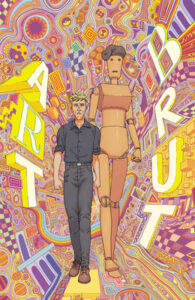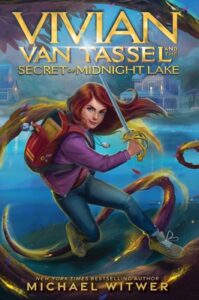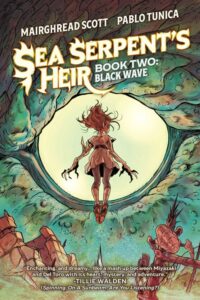In early 2004, the Süddeutsche Zeitung, one of Germany’s leading daily newspapers, began a new venture: publishing hardcover books. They began with a worthy and ambitious set of 50 great novels of the twentieth century, published one per week through to February 2005, when the series concluded with If on a Winter’s Night, a Traveler… It was a smashing success, with sales reaching into the millions. I lived in Munich at the time, and I remember seeing people all around town reading one or another volume from the series. In the early weeks, I could tell them apart from the different colors in the series’ distinctive design, and I enjoyed wondering what they were thinking about books that in many cases I had already read, or was reading as part of the series.
I couldn’t keep up the book-a-week pace, not in German, but I liked the concept and I liked the execution. The list of 50 books was interesting, and interesting to argue with. I liked that the editors did not pretend to choose the 50 greatest, just 50 that were great. That allowed them, for instance, to choose A Portrait of the Artist as a Young Man rather than Ulysses for their Joyce book. It also led to odd choices, such as Amerika for Kafka’s entry. It was by no means a perfect list. As I wrote at the time, there were only four women among the 50 authors in the first set. I didn’t find it peculiar that the list leaned toward German-language writers; I did find it peculiar that there were no authors from Africa or Aisa in the set. Science fiction was missing entirely, despite its importance to literature of the twentieth century. Even with these shortcomings, it’s an interesting set of books, and in the course of time I have read nearly 40 of the 50. It encouraged me to get around to books I had been interested in but never made time for — Under the Wheel (Hermann Hesse), The Lover (Marguerite Duras), The Heart is a Lonely Hunter (Carson McCullers), The Judge and His Executioner (Friedrich Dürrenmatt). It showed me that I don’t need to bother with further books by Paul Auster or Peter Handke. I had read some Rainer Maria Rilke, of course, but I had never attempted The Notebooks of Malte Laurids Brigge, and it is such a beautiful and amazing book that I am still in awe nearly 20 years later. Best of all, it introduced me to plenty of terrific authors who were either completely unknown to me, or whose works I probably would not have picked up except for this series. Among them are Elias Canetti (Voices of Marrakesh), Cees Nooteboom (All Souls Day), Marguerite Yourcenar (Coup de Grace), Julio Cortázar (The Pursuer), Wolfgang Koeppen (The Hothouse), and Primo Levi (The Periodic System).
As I read through the list, I developed a couple of ground rules. If a book was originally written in English, I read that instead of the German translation. If a book was originally written neither in English nor in German, then I would read it in whichever of the two was more convenient. Primo Levi in German, Marguerite Duras in English; Peter Høeg in English, Andrzej Szyczypiorski in German. And while it wasn’t exactly a rule, I have tended to read the books in German by the unedifying princple of shortest to longest.










